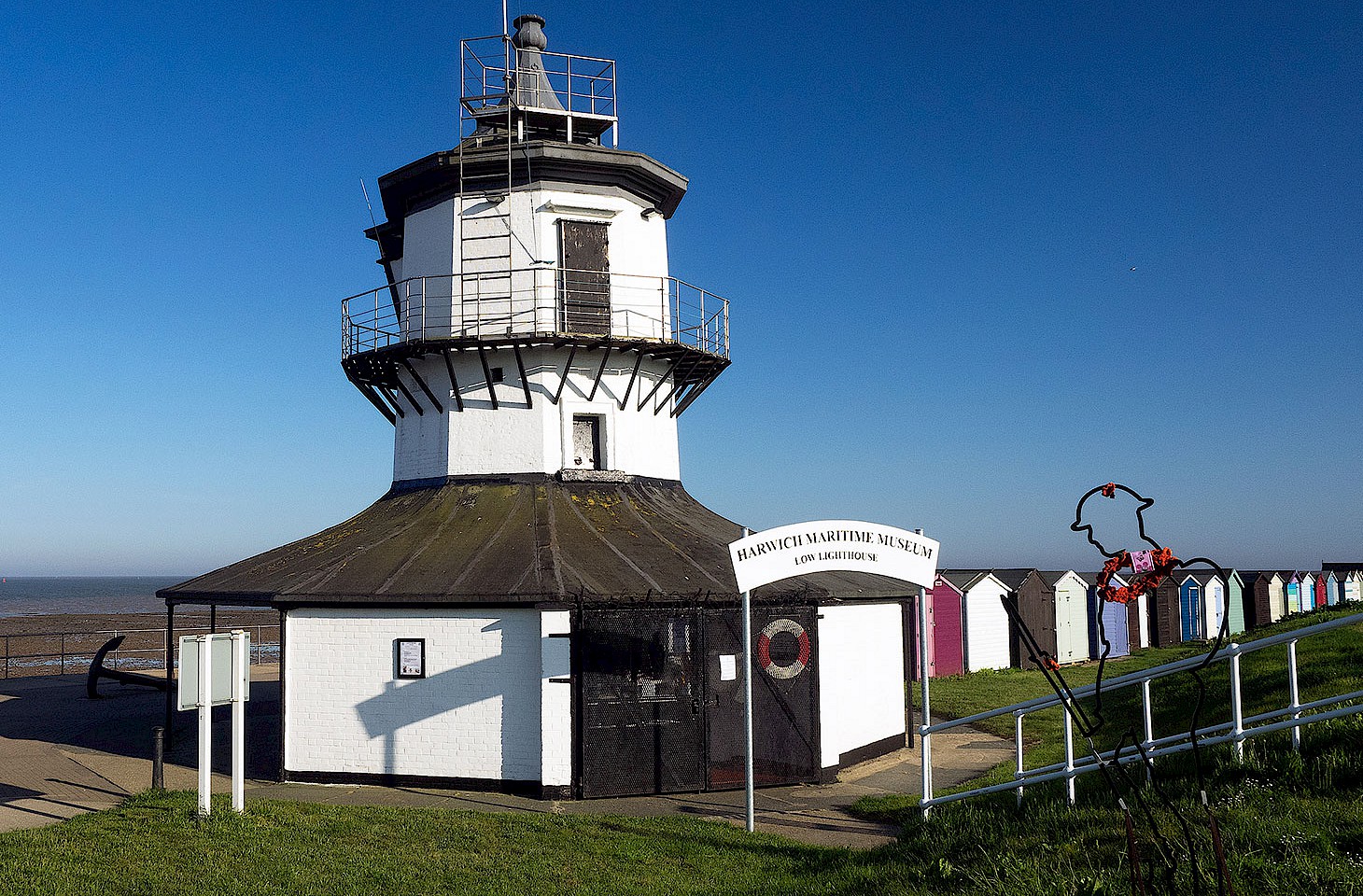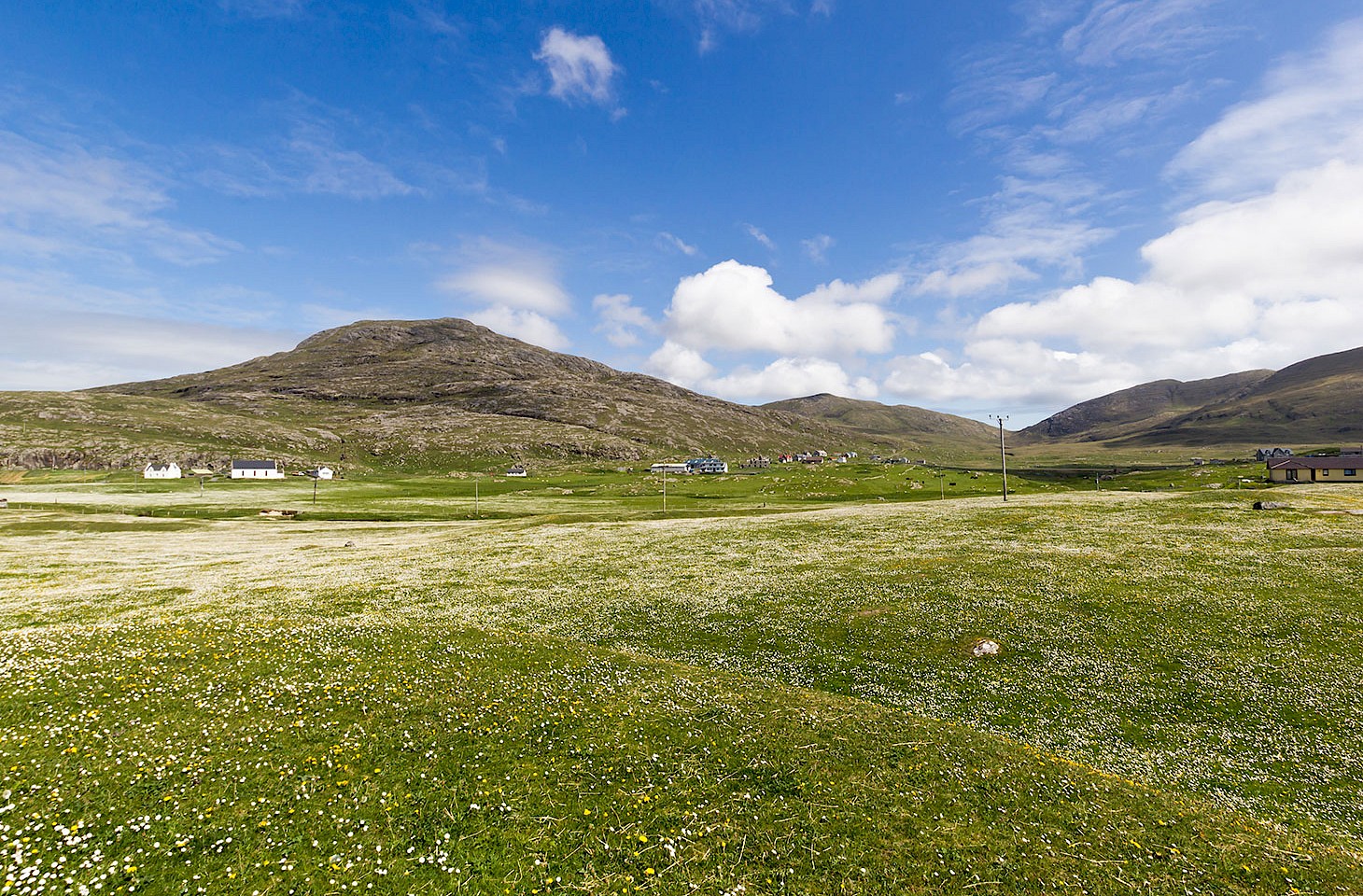Dear fellow travellers
The populous county of Yorkshire, hemmed in by hills and the sea, is a wonderful part of England. hidden europe was away exploring the county last week. We watched in awe as a field of gulls swooped over Whitby, we trembled with cold as a bitter wind swept down from Ingleborough and made the Ribble Valley shiver, and we wandered the streets of gritty hill villages like Heptonstall and Middlesmoor.
These Yorkshire villages are places with texture, communities where geology erupts into everyday life. Ridged crags of yellow-brown gritstone ponder over deep valleys. Pure grit describes not just the landscape of Calderdale but the men and women who live there too. The landscapes that nurtured the industrial revolution are slowly being reclaimed by nature as forests creep up on crumbling mills.
Post-industrial Yorkshire is a civilised space. Sheep run the white stone moors for a smack of salt and no longer bother to look as huge freight trains, hauling Scottish coal south for English power stations, rumble over elegant Ribblehead viaduct. Down at Settle station, stereophonic opera bathes the station booking office in indolent luxury while a coal fire makes lively flame in the grate. Would that the train were an hour late, that we might linger here! But this is a line where the trains always run to time.
Where once a thousand navvies toiled to build a railway over Yorkshire hills, now the land is parcelled up by neat stone walls, each wall an essay in white. Smoke curls from a thousand chimney pots. It is a land that has been tamed - a place for fellowship, for smiles and a good pint of bitter, a place where the slow train is a convivial part of everyday life.
But nowhere, not even Yorkshire, can be entirely tamed. In the small hours of a late winter morning, after we had been pummelled by gales and sleet, the earth shook. Geology has a knack of coming back to haunt the modern world. Across a swathe of eastern England, the earth quivered and chimney pots teetered in the night. We felt the quake of 2008. It was a modest tremor that will never be the stuff of heroic memoirs, to be sure, but it was a nice reminder that environment can be a potent force in shaping our lives.
The city of York survived the quake unscathed and the cinnamon toast at Café Concerto was all the sweeter in the sunshine of the following morning. York is a fabulous city, a place that takes both tourism and earthquakes in its stride. And tucked away amid the comfortable, even familiar, cityscape of York, there are a few surprises. We shall report from both York and its rural hinterland in a future issue of hidden europe.




